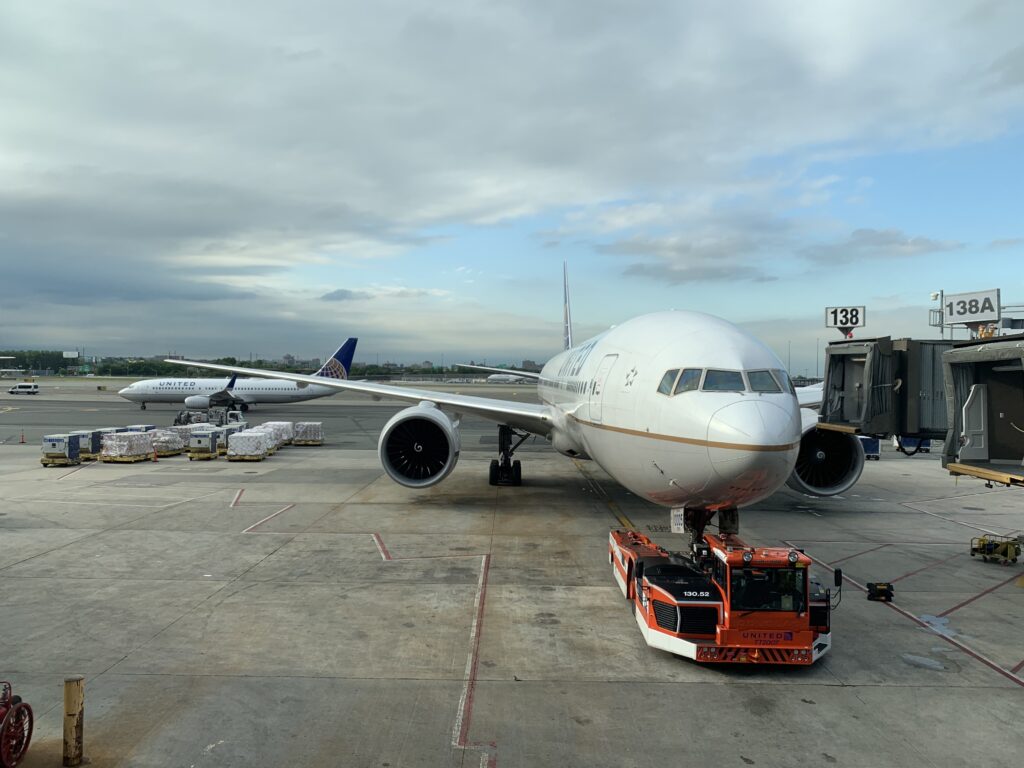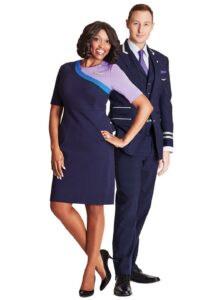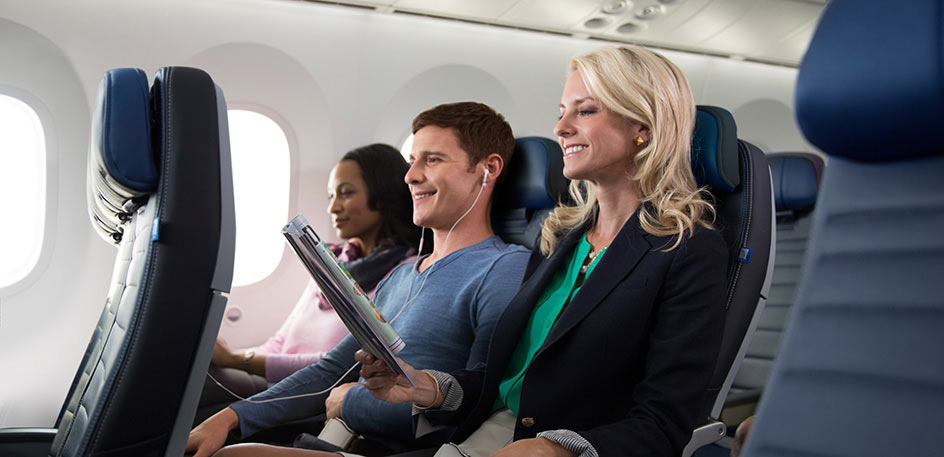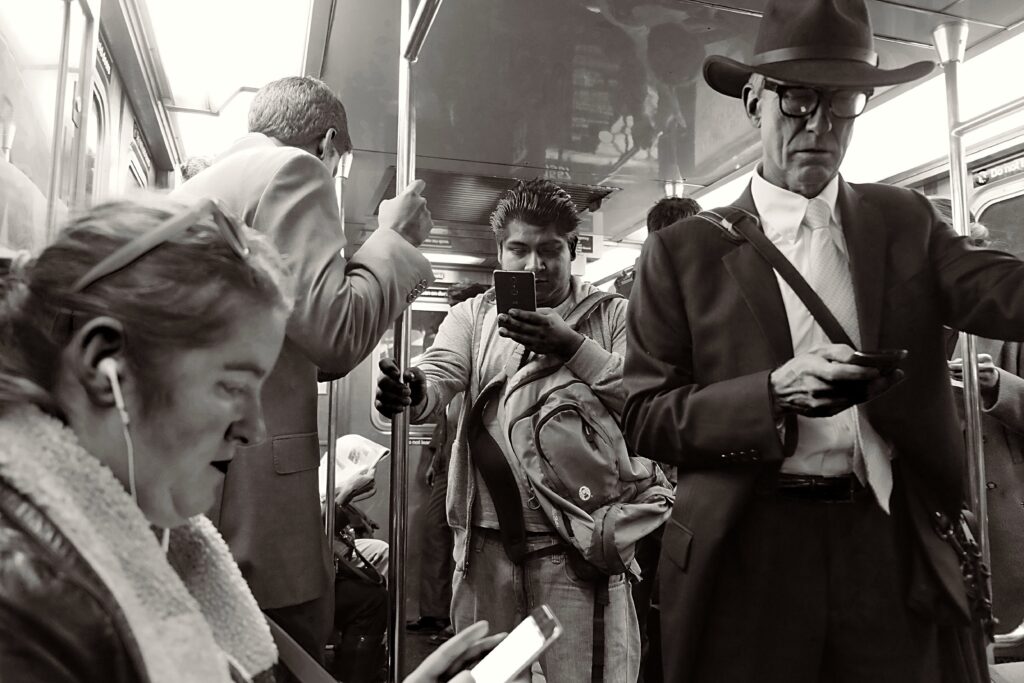I accidentally left my primary pair of headphones, the BeatsX, at home this week. I resorted to a second pair of earbuds that I keep in my bag but rarely use, the Soundcore Liberty Neos. Neither of these headphones are ideal and with the recent AirPod Pro release I got to thinking, what would be the perfect pair of headphones for me, a heavy traveling, daily subway commuting, talking on the phone user?
The BeatsX are very user friendly, there are controls that allow pause/play and volume, all on the cable that connects the two earbuds. The downsides I have with the BeatsX are the following:
- The cable connecting the two headphones is a single point of failure. Any kind of fray inside the cable renders the headphones useless.
- For long term use, they aren’t the most comfortable headphones. After a few hours, I have to remove them or I get a headache.
- No active noise cancellation. The headphones use the seal between them and your ear to minimize how much outside sound you hear, but it isn’t the greatest and it makes you feel very isolated when walking.
The Soundcore Liberty Neos don’t have a cable between the headphones and the only actions you can perform without using your paired device are moving forward and backward a track. There are no volume controls on the earbuds themselves. However, they are very comfortable and I left them in my ears on an entire transcontinental flight recently without any kind of pain or discomfort during the flight.
This got me thinking though, are the new Airpod Pros worth an investment? What about the Powerbeats Pros? I have been intrigued by the Powerbeats Pro product simply because it’s a more secure in-ear earbud. At the same time, the Airpod Pros have noise cancelling functionality built-in and that is really attractive given all the time I spend on planes or in the subway. Neither of these headphones is cheap so it makes the choice a little more difficult. Ideally I would carry a single pair of headphones. Any suggestions on which ones those should be?
* This post contains affiliate links to products on Amazon. These links pay me if readers click them.

 Ever since a number of airlines have implemented a dollars or “spend” calculation into their elite statuses there have been complaints. The complaints have escalated as the required amount of spending has gone up for most levels over the last couple of years. My complaint is a little different in that I understand a need for dollars spent to be used in the awarding of elite status on the carriers, however, the systems that do the calculation are finicky and you, the traveler, have to be diligent in tracking the amount you have spent and what the airline has awarded you.
Ever since a number of airlines have implemented a dollars or “spend” calculation into their elite statuses there have been complaints. The complaints have escalated as the required amount of spending has gone up for most levels over the last couple of years. My complaint is a little different in that I understand a need for dollars spent to be used in the awarding of elite status on the carriers, however, the systems that do the calculation are finicky and you, the traveler, have to be diligent in tracking the amount you have spent and what the airline has awarded you.



